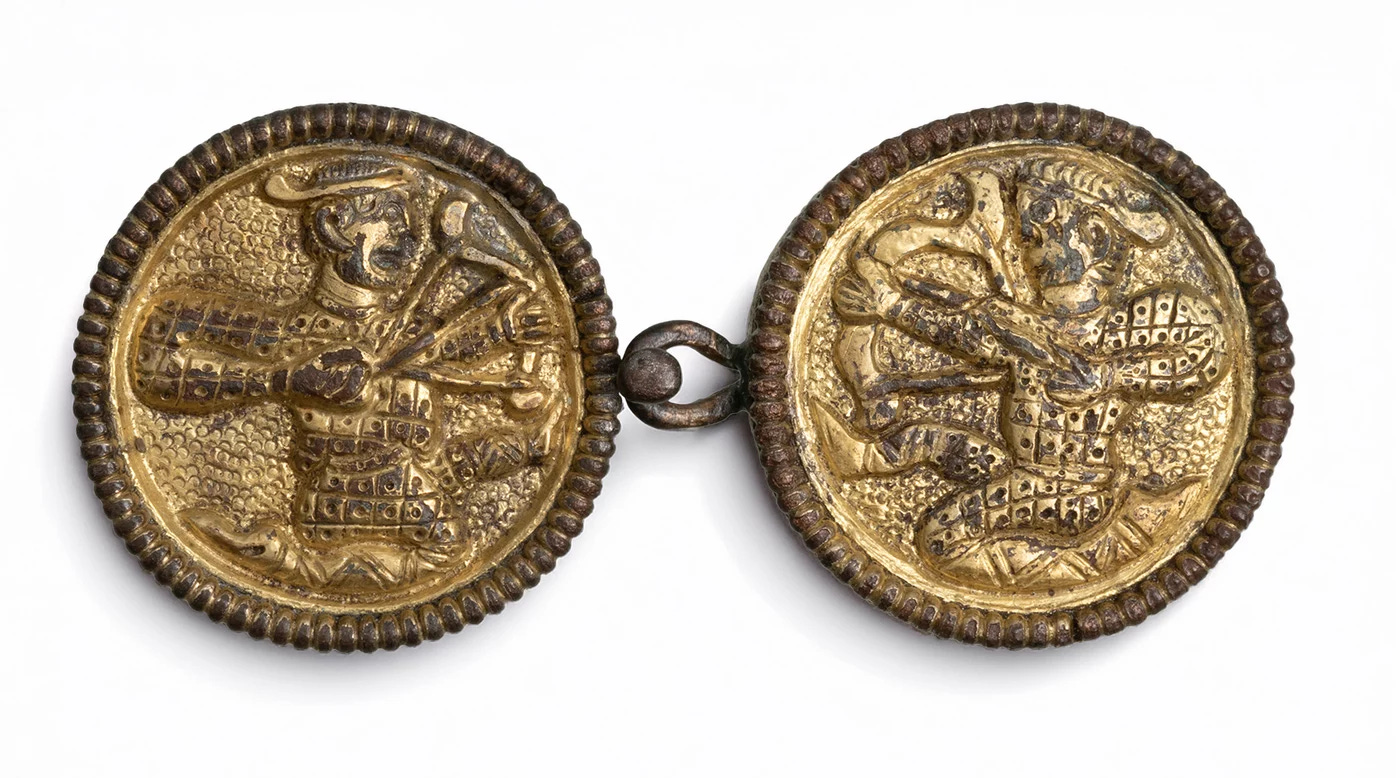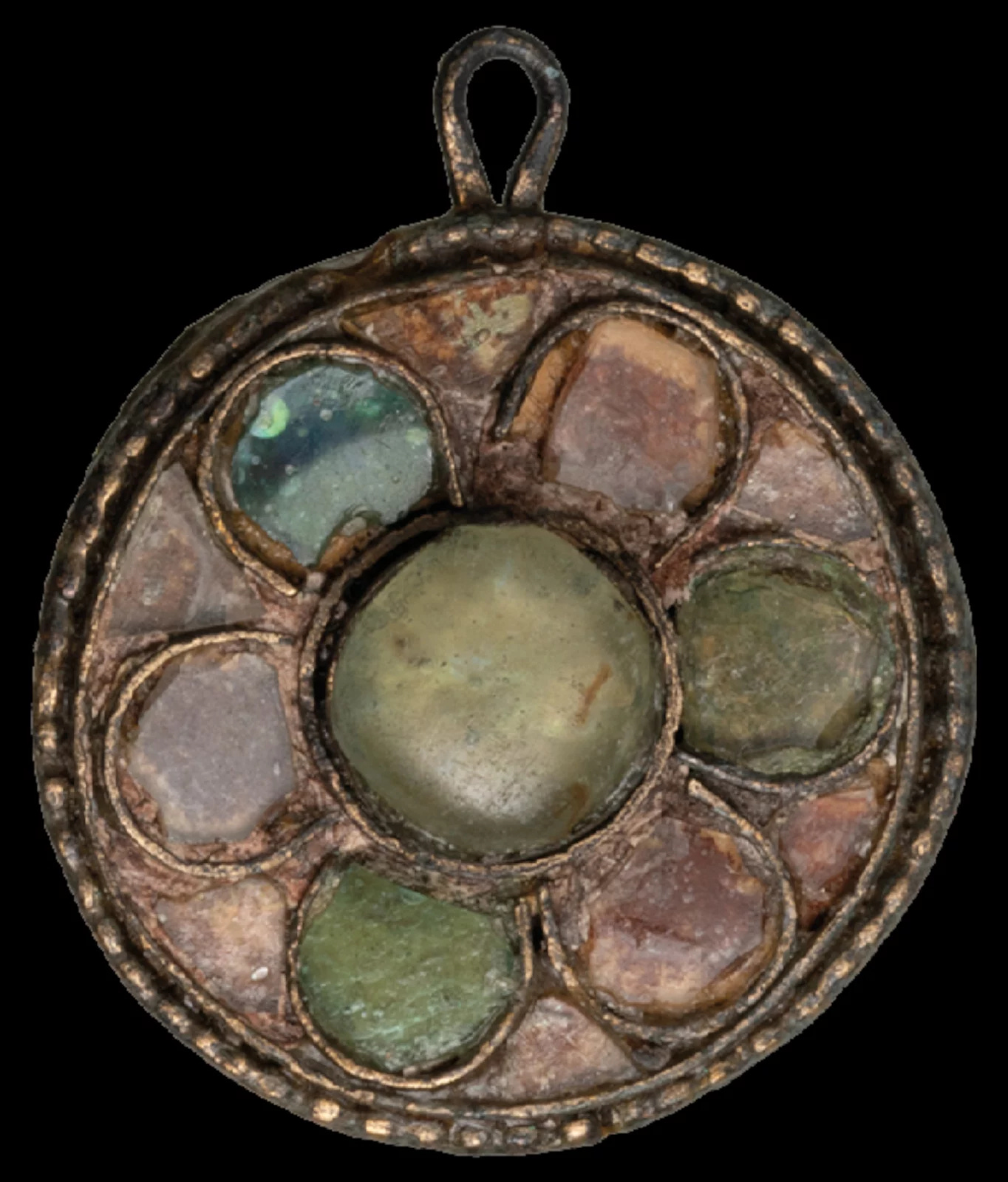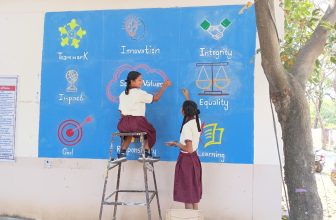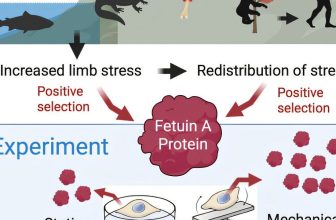
In the 8th century CE, the Avars—an enigmatic group with roots in the East Asian steppes—settled in Central Europe, weaving a tapestry of cultural cohesion amid genetic diversity. New research, published in Nature by an international team of researchers led by the Max Planck Institute for Evolutionary Anthropology, delves into the lives of two neighboring Avar communities in Lower Austria. Their findings reveal an intriguing story of cultural integration despite distinct genetic divides.
At first glance, the burial sites of Mödling and Leobersdorf, located just south of Vienna, seemed remarkably similar. The graves, filled with artifacts like ornate belt fittings and everyday items, reflected a shared culture. But ancient DNA analysis told a different story.
“While Leobersdorf’s population was predominantly of East Asian origin, Mödling’s inhabitants carried European ancestry,” said Ke Wang, one of the study’s lead geneticists.
The genetic differences were stark and consistent, even though the material culture showed no signs of division. Archaeological evidence suggested these people coexisted peacefully, identifying themselves as part of the broader Avar society.

The Avars arrived in Central Europe during the 6th century, settling among local populations. Their society absorbed elements from both native Europeans and their East Asian heritage, creating a mosaic of influences. However, genetic data from 500 graves in Mödling and nearly 150 in Leobersdorf show that these two communities preserved distinct ancestries for over six generations.
“The cultural integration apparently worked despite major genetic differences,” said Walter Pohl, a historian at the Austrian Academy of Sciences. “These people were obviously regarded as Avars, regardless of their ancestry.”
Contrary to the Avars’ reputation as fierce warriors, the skeletal remains revealed no signs of violent conflict. Anthropologist Doris Pany-Kucera noted, “We find no battle injuries on the skeletons, and there are hardly any signs of deficiencies.” Even weapons were rare in the graves.
Historical records describe the Vienna Basin during this time as a period of relative peace, a sentiment echoed in the archaeological findings.
Through meticulous genetic analysis, researchers reconstructed family trees spanning six generations at each site. Surprisingly, most individuals were related to others buried nearby, but no evidence of close inbreeding emerged.

What stood out was the role of women in shaping these communities. Almost none of the mothers had local ancestors, suggesting they were brought in from distant regions.
“In Leobersdorf, the mothers likely came from East Asian-descended communities, while in Mödling, they were of European descent,” explained geneticist Zuzana Hofmanová.
Despite their distinct ancestries, these women shared a comparable social status, as evidenced by the similar wealth of burial goods.
The study underscores the complexity of identity in early medieval societies. Despite their genetic differences, both communities adhered to shared cultural norms, rituals, and status symbols, such as belt fittings depicting griffins.
“Most likely, both considered themselves Avars,” said archaeologist Bendeguz Tobias.
The findings challenge the assumption that cultural cohesion requires genetic homogeneity, demonstrating that shared customs and values can transcend biological differences.
Large-scale studies of burial grounds like Mödling are still rare, but their potential for interdisciplinary research is vast.
“Mödling burial ground is one of the largest ever analyzed genetically,” said Johannes Krause, director at the Max Planck Institute for Evolutionary Anthropology. “Such results hold a lot of potential for future research in various disciplines.”
As archaeogenetic techniques continue to evolve, studies like this one illuminate the intricate dynamics of ancient societies, offering insights into how diverse groups navigated identity, coexistence, and cultural integration.
-
**Pohl, W. (2018). “The Avars: A Steppe Empire in Central Europe, 567–822.” Cornell University Press.
DOI: 10.7591/9781501729406 -
**Knipper, C., et al. (2017). “Female Mobility and Patrilocality in Early Neolithic Societies.” Nature Communications.
DOI: 10.1038/s41467-017-00908-3 -
**Reynolds, A. (2009). “Identities and Social Organisation in Early Medieval Europe.” Oxford Journal of Archaeology.
DOI: 10.1111/j.1468-0092.2009.00348.x
This study adds a new dimension to the understanding of Avar society and its unique cultural fabric. It exemplifies how ancient populations balanced coexistence and diversity, paving the way for future exploration of genetic and cultural intersections in human history.







